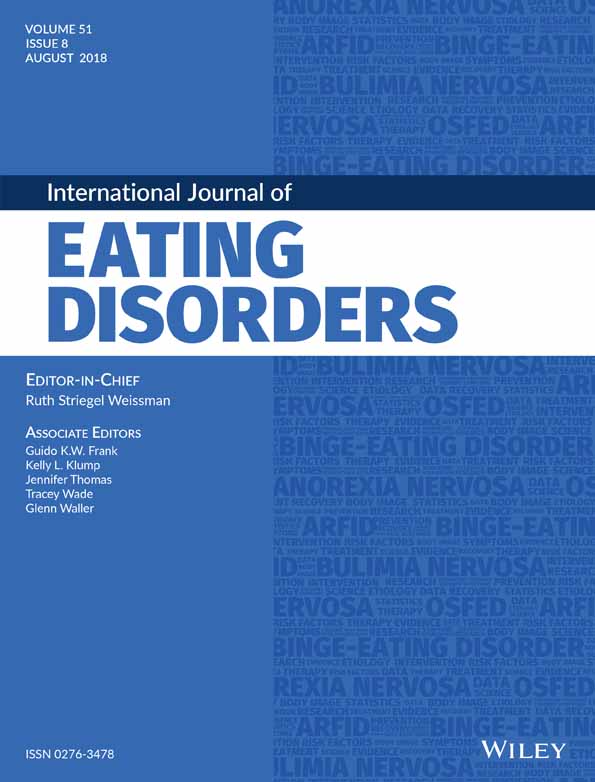What position do you play? Eating disorder pathology among rugby players, and the understudied role of player position
Abstract
Objective
Male athletes appear to be at high risk for Eating Disorders (ED), given sport-related pressures. Although in some sports weight loss confers a competitive advantage, men also participate in sports where a large body is considered to enhance performance. In rugby a heavier body has been associated with sports success, however, physical demands vary given the position in the field (forward or back). We aimed to investigate whether ED pathology varied as a function of player position.
Method
A cross-sectional study was conducted among 203 rugby players (Mage = 21.78, SD = 3.54) in order assess associations between elevated eating pathology given the players' position, and with ED mediating mechanisms (physical comparison and exercise dependence).
Results
8.9% (95% CI: 4.9, 12.8) of the participants presented elevated eating pathology. Players' position, physical comparison and exercise dependence were associated with elevated eating pathology. Forwards tended to endorse binge eating more frequently, and showed higher levels of eating concerns.
Discussion
Our findings suggest that ED symptoms differ as a function of player position, and that elevated eating pathology in rugby players is associated with appearance comparison and exercise dependence. Despite the possible implications for prevention and treatment efforts, the clinical validity of the current findings must be confirmed with further research.




